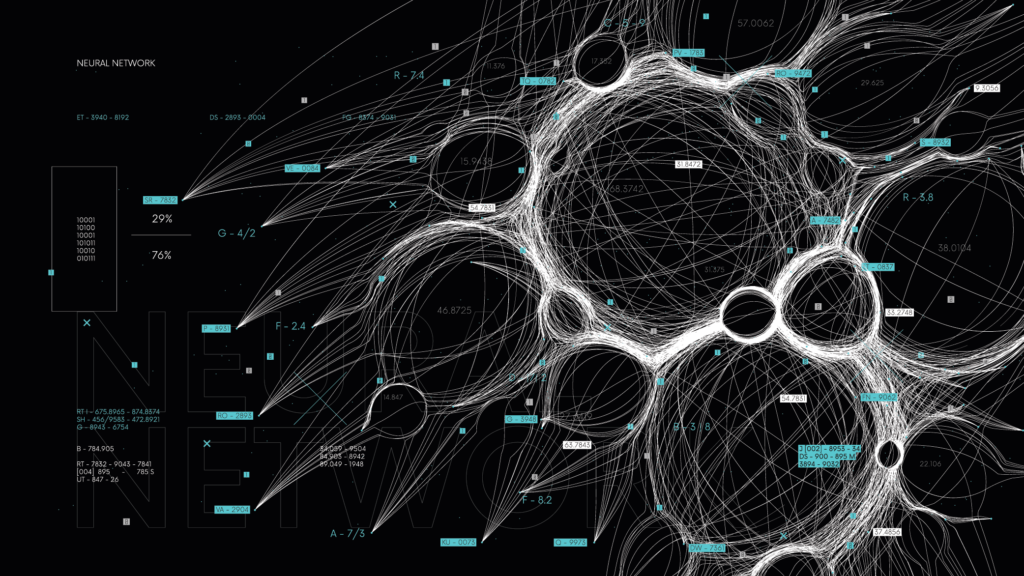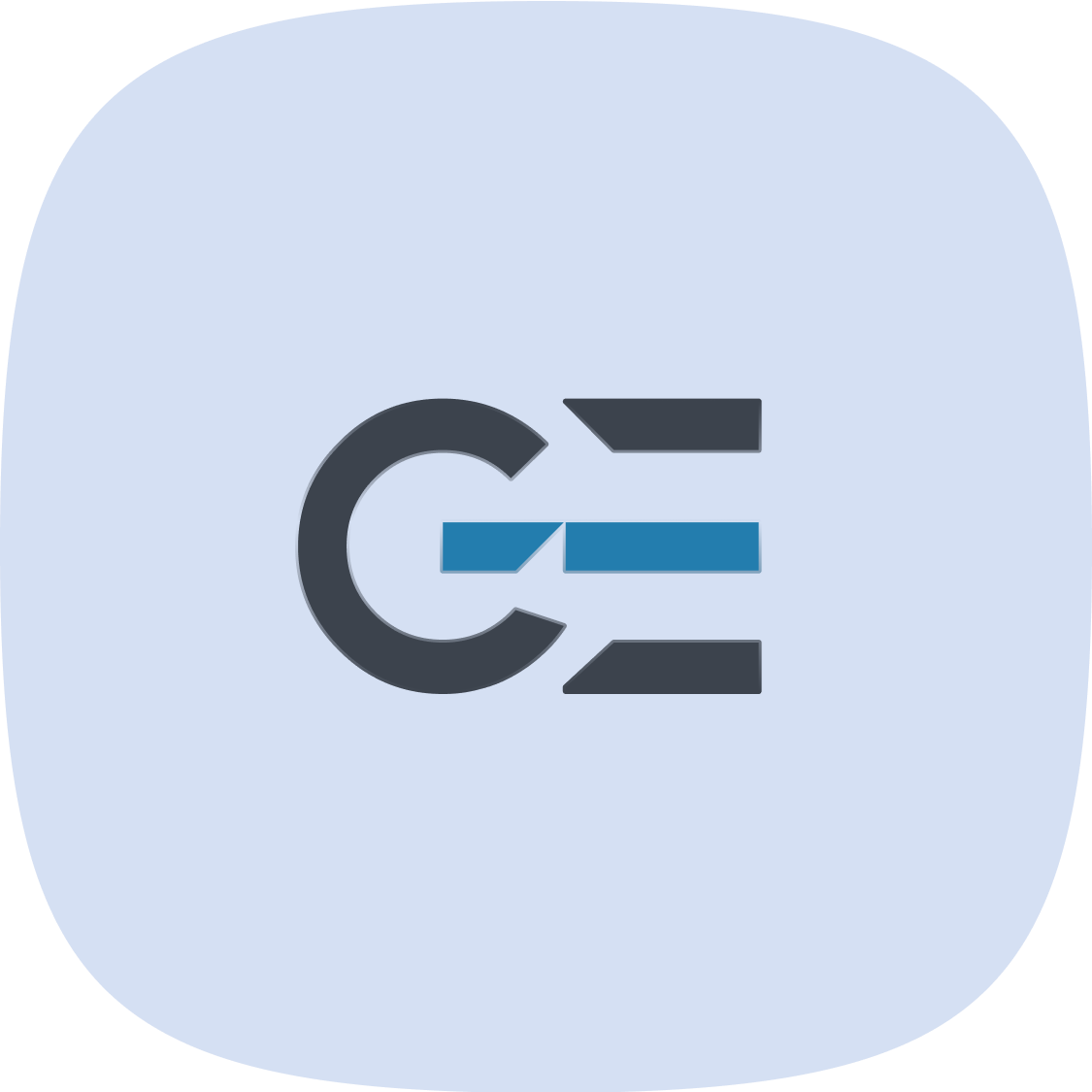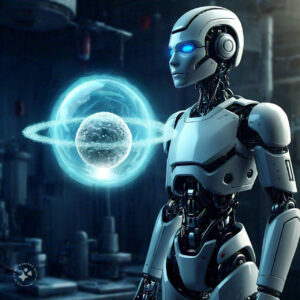Scientists turned to neural networks, where the software first created connections between the renormalization group and then tweaked the strength of those connections to find a small set of equations that generated the same solution as the original group, Phys.org said in its report.


AI To Simplify
The program required a lot of computational power to understand the complexity of the Hubbard model. It ran for weeks, but its final output summarized the Hubbard model in just four equations.
“It’s essentially a machine that has the power to discover hidden patterns,” Di Sante told Phys.org. “When we saw the result, we said, ‘Wow, this is more than what we expected.’ We were really able to capture the relevant physics.”
Now that the program has been trained to look for such patterns, it can be adapted to look at other similar problems without having to start from scratch. If the program can be scaled for other problems, scientists are keen to use it to design materials that offer superconductivity – where electrons flow through a material without any resistance.





